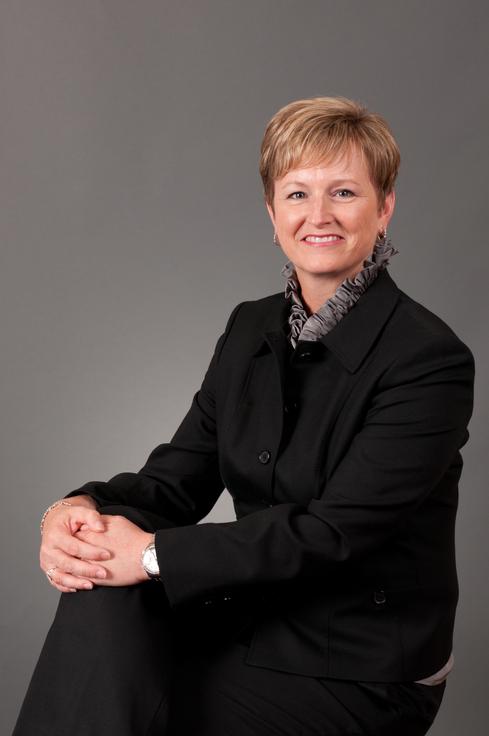10:00 AM
Applying Silicon Valley Practices to Treasury Product Design & Development
It’s safe to say that many treasury managers are not concerned with the behind-the-scenes processes of bank product design and development. They recognize the importance of cutting-edge treasury technology -- and the critical role it plays in driving the efficiency they’ve been asked to achieve. But they probably haven’t thought much about the “how” behind banks’ treasury technology pipelines, largely because most banks traditionally have approached product design and development in the same way. It’s only recently that the innovative design and development methods of high-tech companies have begun to emerge in banking, resulting in more on-the-money technology solutions for banks’ corporate clients.
 Julie Elberfeld, Capital One
Julie Elberfeld, Capital OneThe waterfall approach
The traditional way banks have created new treasury management products is referred to as “the waterfall approach,” because the design and development work is seen as flowing steadily downward through each phase of the process. The product manager conducts the research and establishes the product requirements, and then hands off the requirements to the business systems analysts, who interpret and send them to the technical designers, who pass the project along to an engineering group to initiate development and testing.
This traditional approach has its limitations. For one thing, it doesn’t fully support effective collaboration between the product people, who have the vision for the product, and the technology people, who are tasked with developing the product and bringing the vision to fruition. Product and technology people don’t always speak the same language, so misinterpretations can occur. A product manager might say the product needs to be “fast,” and the product developers might have an entirely different understanding of what “fast” means, for instance. In addition, in the waterfall model, it can take a long time for a product to move from one step to the next until it’s finally ready for rollout. Market needs can change in that time. As a result, banks are subject to the risk that their products, once they are released, may not entirely satisfy marketplace needs or hit the mark in their clients’ eyes.
A different type of design process
 Jim Gifas, Capital One
Jim Gifas, Capital One
As corporate customers’ needs are changing faster than ever, the product design and development process must too evolve. Innovative banks are beginning to leverage the principles of Design Thinking and Agile, which are used by many leading high-tech firms. We call this the “Silicon Valley model,” and banks that are embracing this concept have already made strides in the industry.
On the design side, the bank now brings in people with different roles and perspectives to look at problems through multiple lenses in order to come up with more creative solutions. Product managers, who know what they want from a functional perspective, still take the lead. But they work collaboratively with usability experts, designers, engineers, and testers -- everyone with a stake in the product -- often in the same room.
With this new approach, there’s more flexibility to refine a product in mid-development stream. With product “demos” being produced more frequently, the product manager has opportunities to review ongoing efforts and make suggestions on a more regular basis, rather than having to wait six, nine, or even 12 months before getting a first look at the new product.
The Silicon Valley model also encourages individuals doing the design and development to get closer to clients. As an example, Capital One’s product design teams often engage in ethnographic studies. Team members sit with treasury managers in their offices throughout a workday -- from the time they sign on to their computer until they turn it off -- to better understand what they are trying to accomplish and the impediments they face. Team members are looking for many things: Who engages in what activities? What information gets passed from one treasury staff member to another? From where is data being gathered? What changes are made and why? Then they go back to the drawing board and apply the information gleaned from this research to improve product design. For instance, they might revamp a process that today takes 12 mouse clicks so that it only takes two in a new product.
More banks are also adopting Design Thinking, which trains teams to think about design through the eyes of the customer, leading to simpler interfaces and processes for corporates.
A model for future design and development
An example of a Capital One Treasury Management product born from the Silicon Valley model is the new Intellix portal, which will provide single sign-on access to all of the bank’s online treasury services. The process of developing Intellix began with a large focus group on how clients were using their online cash management tools and the challenges they were experiencing.
Next came an innovation session whose participants included an array of problem solvers from different disciplines, who were asked to brainstorm and suggest creative solutions. The best ideas were developed further, senior bank managers voted for their favorite, and the winning design became the prototype for Intellix.
Going forward, these more iterative, collaborative, and client-inclusive methods will play a major role in development of technology-based treasury solutions.
--Jim Gifas is head of the Treasury Management Product Management & Innovation Group and Julie Elberfeld Commercial Bank Divisional CIO for Capital One.

























